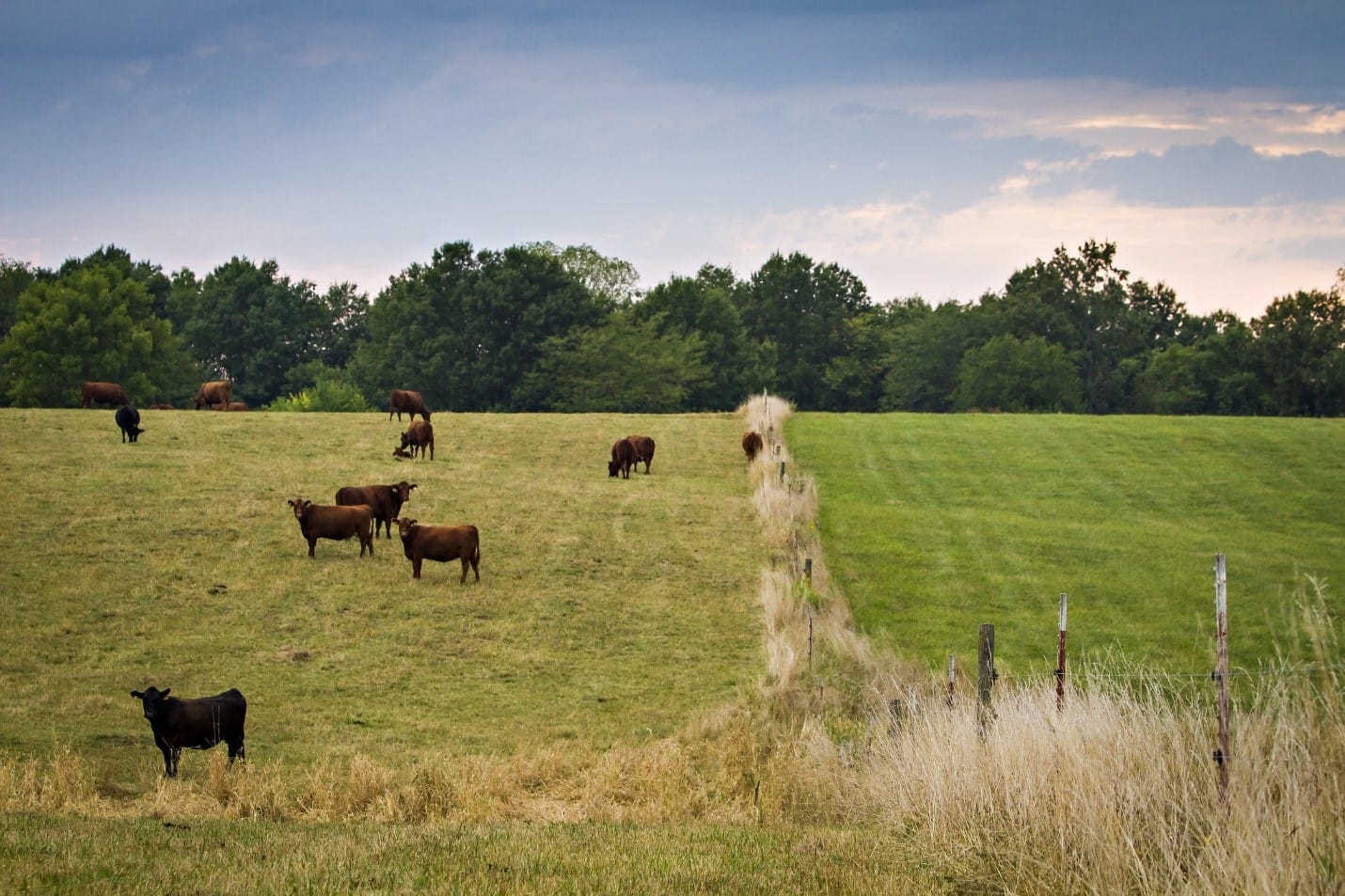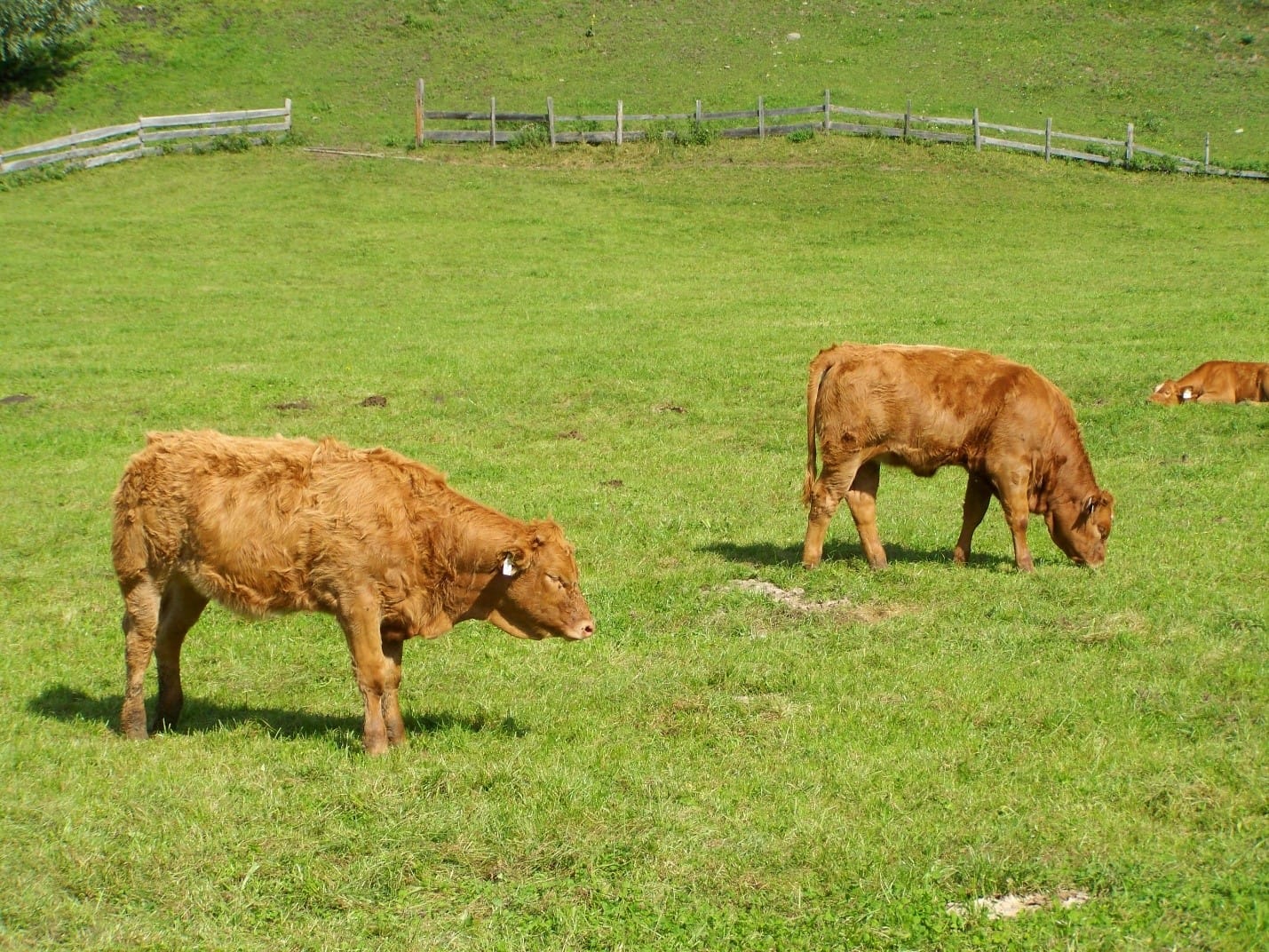Article Summary:
At Pasture.io are huge fans of rotational grazing. And our customers swear by it! Did you know that there are many different forms of rotational grazing methods? In this article, we’re going to talk about all the different methods, and what each one brings to the cowshed!
At Pasture.io are huge fans of rotational grazing. And our customers swear by it!
Did you know that there are many different forms of rotational grazing methods?
In this article, we’re going to talk about all the different methods, and what each one brings to the cowshed!
But first, a small brief into rotational grazing.
In rotational grazing, the entire land is subdivided and sectioned off into smaller chunks, called paddocks.
The livestock is moved from one paddock to another and when they’re paddock-hopping, the plants of the just-grazed paddock are given time to rest, recover and grow back to their fullest potential. The secret to getting rotational grazing right is the timing of the rotations which must be based on the growth of the forage.

Simple rotational grazing
Rotational grazing is a blanket term that may refer to several grazing systems where animals are let on a small portion of cordoned-off pasture or paddock, while the other paddocks are allowed to rest.
The simplest form of rotational grazing is to have a set rotation time and sequence of paddocks. For example, a farmer may want to move his livestock to the next adjacent paddock, every two days.
While this is much better than continuous grazing, simple rotational grazing doesn’t offer maximum yields or production. It also doesn’t take into account how your pastures are reacting to your weather, irrigation and fertilisation patterns.
Intensive rotational grazing
And that’s why we need to consider rotation based on how much herbage each paddock has to offer.
In this system, you allow your animals to enter a paddock once it has reached your pre-grazing residual level. And once the paddock has reached it’s post-grazing residual level, you rotate your animals to the next paddock.
The more frequently you rotate your livestock among different paddocks, the quicker your paddocks recover. And the more management intensive your grazing becomes.
Because you always have to be on top of your pasture growth rates. And you’ll have to measure your pre-grazing as well as post-grazing residuals. This is why many of our customers prefer to use our automatic pasture measurement service that starts at $8 per hectare per year.

Intensive rotational grazing has been known to increase pasture yields, milk production and net profits. And when implemented correctly, it can help you
- Build fertility
- Conserve energy
- Recycle nutrients
- Increase yields, production and profits
Slow rotational grazing
This is a fairly simple and straightforward method of rotational grazing where you have 2 or more pastures. And you rotate your livestock anywhere once a weeks or once every few months.
Sometimes, producers deliberately slow down their rotations according to the season, for instance, during summers, when the growth of grass slows.
Mob grazing
In mob grazing, animals are stocked very densely (anywhere between 250 – 500 cows per acre) and the herd is moved very frequently. Pastures are given long rest periods of about 60 – 90 days. The forage that isn’t eaten up by the cows is trampled into the soil.
Mob grazing is easier on the animals too since all you have to do is pull the fence back to get them to walk onto a new paddock.
The plus side?
It’s a great way to check for lameness or any other hiccups in their health. The cows end up eating whatever forage is available, without picking out the tastiest species – basically because they haven’t had much time to think about the possibility of the grass being greener on the other side!
Mob grazing is also a great way to improve grass health and productivity. Aim for 60% utilisation of plants by the livestock and then focus on the rest 40% becoming plant litter.
When the area has been mob grazed and there is enough litter on the ground, you can move your cows to the next paddock. The key to mob grazing is to allow enough recovery time and let plants get fully recovered before being offered to the livestock for grazing.
Creep grazing
Creep grazing is a form of rotational grazing where smaller animals are let on to areas where the bigger animals cannot access. This method of creep grazing is accomplished by having ‘creep gates’ or specific types of fencing that allow the smaller animals through.
First-last grazing
In this form of grazing, two different types of livestock, with different nutritional requirements graze in groups. For instance, the dairy producer may let pregnant or lactating cows graze a paddock with the most nutritious forage first, and then allow the older cows to graze the leftovers.
Strip grazing
In strip grazing, animals are confined to a certain strip of pasture for rapid grazing for a short time. This invariably forces the animals to not be picky eaters and instead, pluck whatever mouthful of pasture they can get their teeth on! Just like fooling little ones to eat broccoli by perhaps mashing it into pizza paste, here, farmers use this method to fool their cows into eating forage types that are perhaps not their most favorite species. This method also makes cows eat more than they usually might, thus leading to a healthy weight gain.

Rest-rotation grazing
Rest rotation grazing was first developed to improve pasture conditions by allowing it to rest for a minimum of one year! Whoa!
Sometimes, two pastures/paddocks are left without grazing for even as long as two years, to optimise the quality of cover. Studies have proven that the increased levels of residual herbage in the rested pastures provided long-lasting benefits for livestock that stood to gain from these high nutrient plant covers.
Deferred-rotation grazing
This form of grazing system is based on the different seasons in a year and includes four to eight pastures with one grazing period per season in each pasture. It also follows moderate stocking rates.
Every year, the order in which the pastures are grazed can be used to maintain higher levels of vigor in preferred plant species, improve the pasture condition and boost recovery of the disturbed areas.
This grazing system is well-suited for seasonal rotation. The dormant-season and growing-season can be rotated among pastures over the years as is feasible.
That sums up the different rotational grazing systems. For more information read our detailed guide on various rotational grazing systems.
Practicing rotational grazing on your farm?
Use our free farm records management platform or upgrade to our automatic pasture measurement service.
- The Dedicated Team of Pasture.io, 2021-05-05